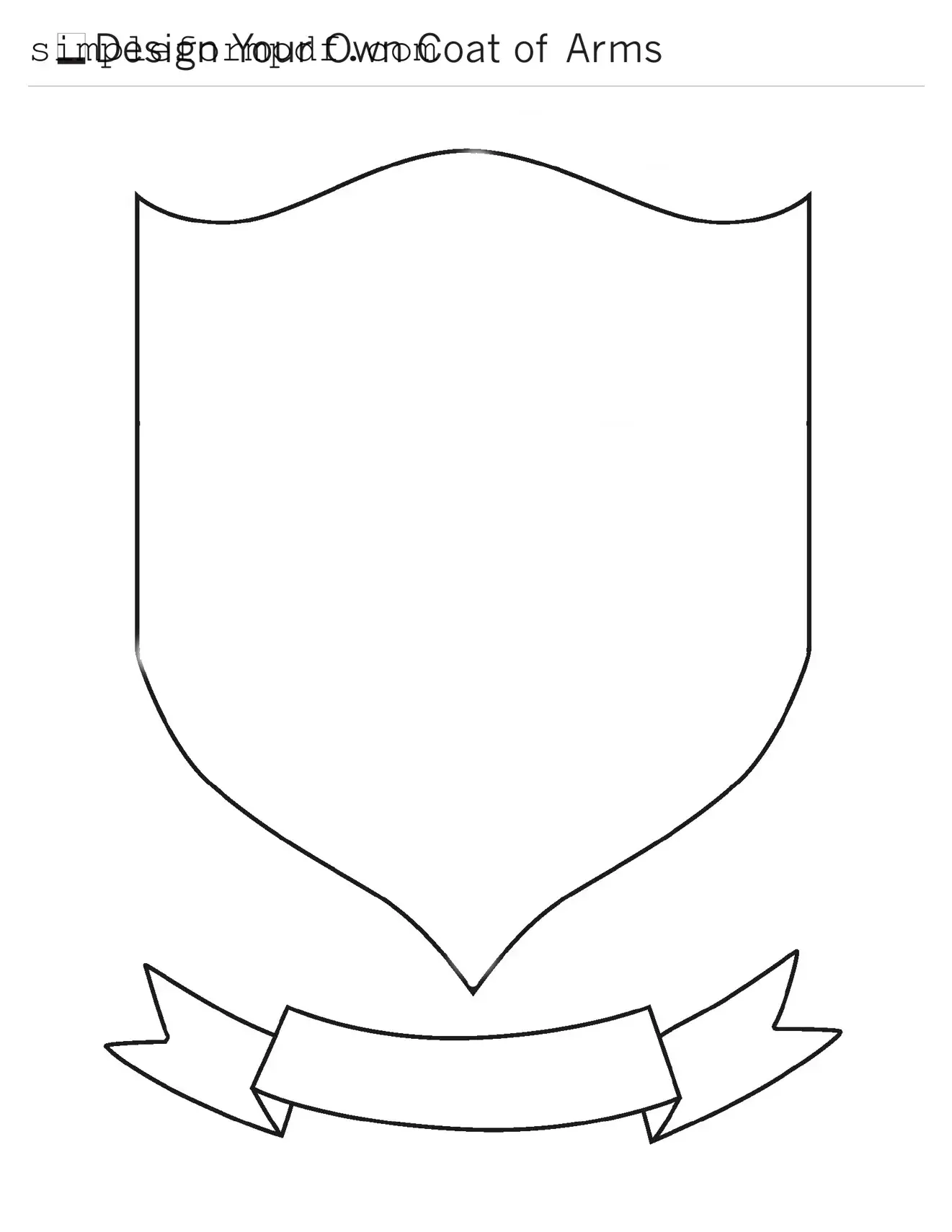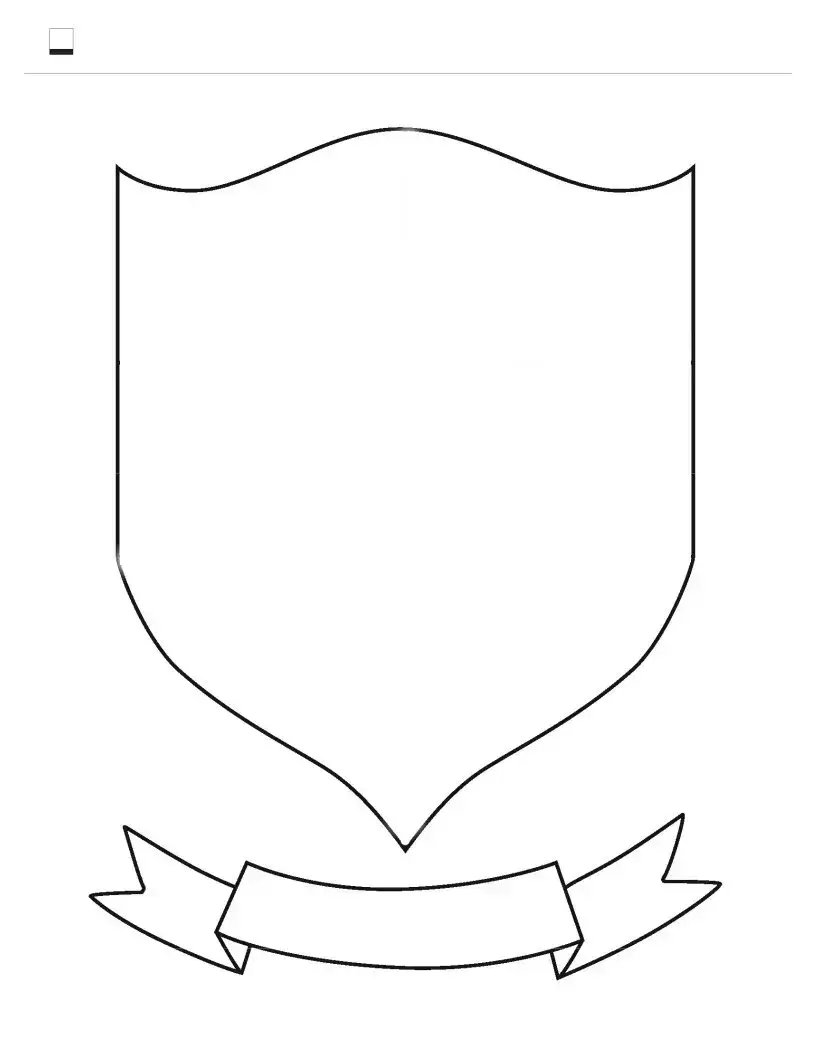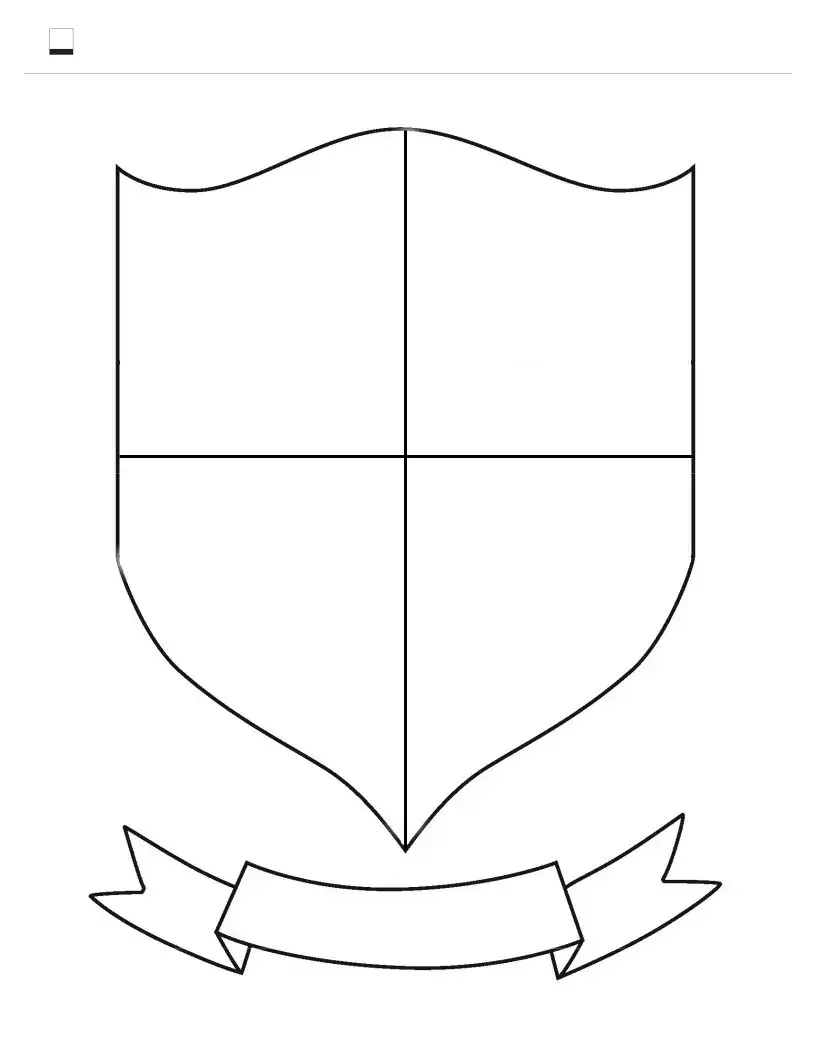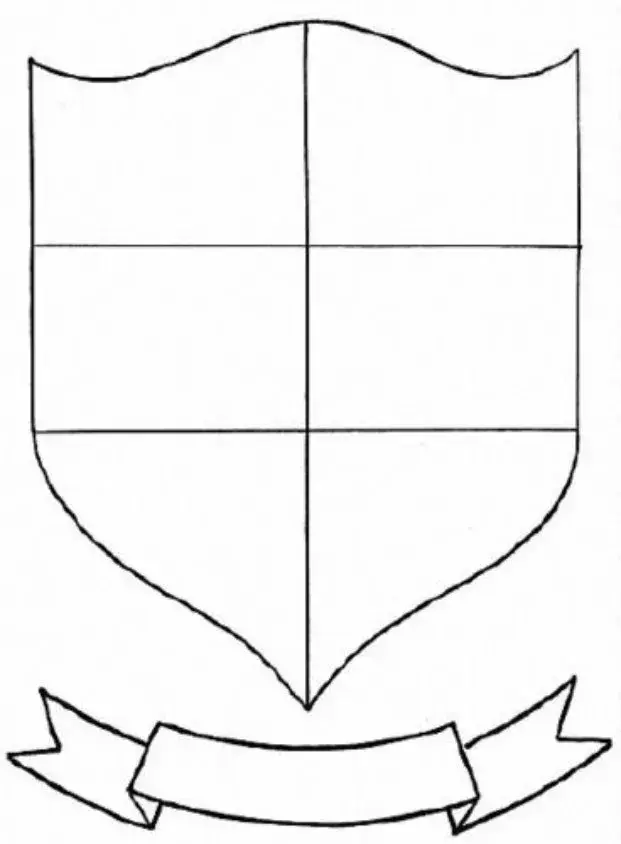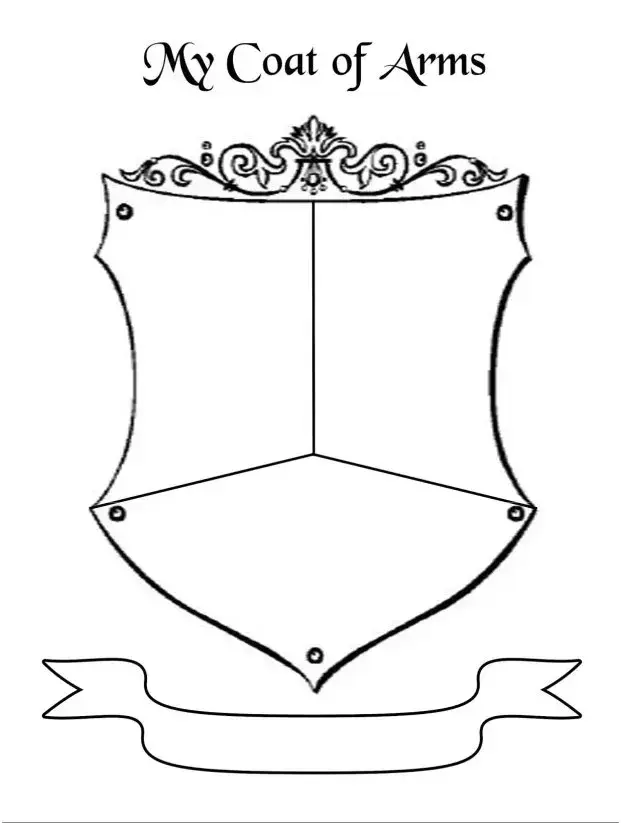Coat Of Arms PDF Form
The Coat of Arms form is a document used to request the creation or registration of a coat of arms, which symbolizes family heritage or organizational identity. Completing this form is an important step for individuals or groups looking to establish a formal representation of their lineage or values. To proceed with your request, please fill out the form by clicking the button below.
Launch Editor
